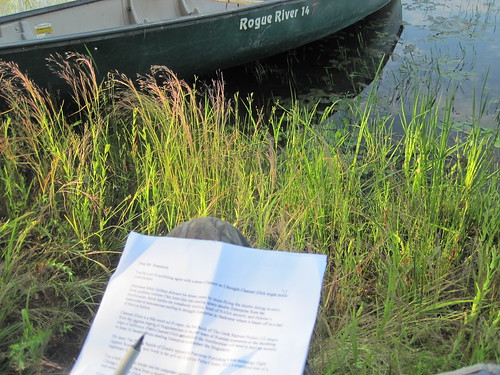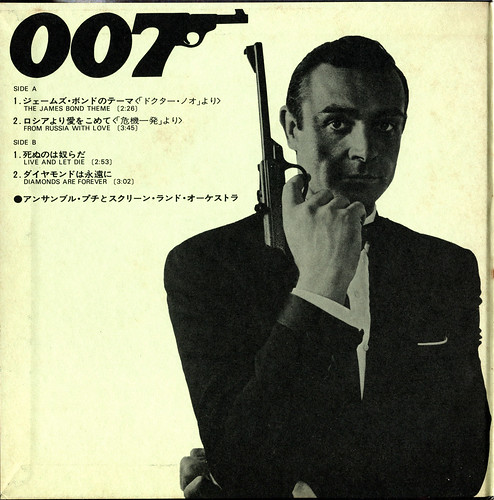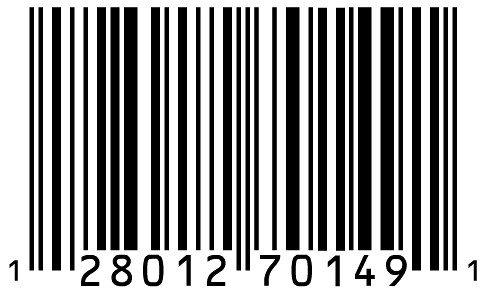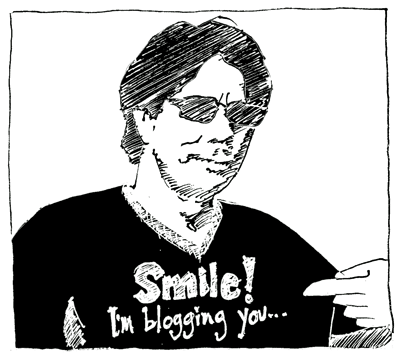The Word Made Flesh – book trailer from Tattoolit on Vimeo.
The Word Made Flesh: Literary Tattoos from Bookworms Worldwide is a full-color photo-and-text anthology edited by Eva Talmadge and Justin Taylor, forthcoming October 12, 2010 from Harper Perennial.
is a full-color photo-and-text anthology edited by Eva Talmadge and Justin Taylor, forthcoming October 12, 2010 from Harper Perennial.
The Word Made Flesh: Literary Tattoos from Bookworms Worldwide is a guide to the emerging subculture of literary tattoos — a collection of 100 full-color photographs of human skin indelibly adorned with quotations and images from Pynchon to Dickinson to Shakespeare to Plath. Packed with beloved lines of verse, literary portraits, and illustrations — and statements from the bearers on their tattoos’ history and the personal significance of the chosen literary work — The Word Made Flesh is part photo collection, part literary anthology written on skin.
Special features include a reprint of a short story by Donald Barthelme (along with the tattoo it inspired on the author’s daughter), an interview with Brian Evenson about seeing his own work tattooed on someone else, Shelley Jackson’s SKIN Project and Rick Moody’s Shelley Jackson tattoo, Jonathan Lethem’s homage to Philip K. Dick, Tao Lin’s Tao Lin tattoo, and much much more.
I’m not much of a tattoo fan, but this trailer (and the concept for the book) is totally intriguing. If it’s piqued your interest too, stop by tattoolit.comto see more tattoo photos, read about the book, and find out how to attend the launch party at the powerHouse Arena in New York on October 20th. You can also follow this dynamic duo on twitter (@TattooLit) and Facebook. What are you waiting for, a message from God?!?!
Update: Feeling curious-er and curious-er? Check out these additional The Word Made Flesh sightings:
Each photograph appears with a statement from its owner, describing the tattoo’s history and significance. Commonalities emerge: inspiration, whimsy, a certain gloom… The literary tattoo… still bears some connotation of punishment. But… it is also a way of using literature as a public symbol of character. (New Yorker)

Jenny Hendrix reviews The Word Made Flesh: Literary Tattoos from Bookworms Worldwide, edited by Justin Taylor and Eva Talmadge:
The literary tattoo is at least as old as Hester Prynne’s scarlet “A,” and like any tattoo still bears some connotation of punishment. But as with Hester’s, it is also a way of using literature as a public symbol of character. It also invites serious considerations of font and typesetting, even to the point of recreating a specific edition of a book. …
As with any form of self-publishing, the literary tattoo takes pluck. [Bold mine!] Montaigne wrote, in a phrase I imagine no one has tattooed themselves with, “Only fools have made up their minds and are certain.” But it seems to me to be a wonderful group of fools that, like the memorizers in “Fahrenheit 451,” carry the written word with them everywhere.
via andrewsullivan.theatlantic.com
Like this:
Like Loading...















